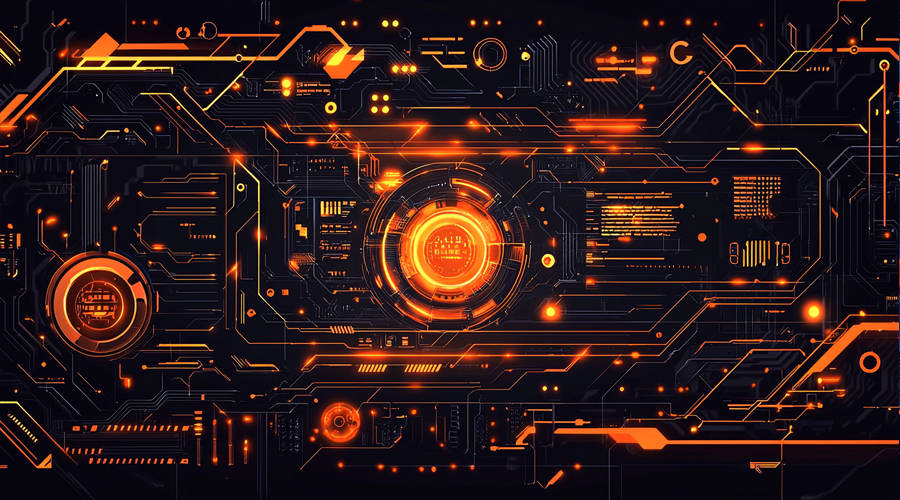Understanding Burndown Charts
A burndown chart is a visual representation of the work remaining in a project over time. It provides a clear picture of the project's progress and helps in identifying potential issues or bottlenecks. The chart typically shows the amount of work remaining on the vertical axis and time on the horizontal axis. By tracking the remaining work against the planned schedule, teams can assess whether the project is on track or if adjustments are needed.
The primary benefit of using a burndown chart is that it allows for early detection of deviations from the plan. If the actual progress is not in line with the expected progress, the chart makes it evident, enabling the team to take corrective actions promptly. Additionally, burndown charts enhance communication within the team. Everyone can easily understand the project's status at a glance, reducing the potential for misunderstandings.
However, it is important to note that a burndown chart is not a magic solution. It requires accurate data input and regular updates to be truly effective. If the data is incorrect or not updated in a timely manner, the chart may provide a false sense of the project's progress.
Creating an Effective Burndown Chart
To create an effective burndown chart, the first step is to define the scope of the project and break it down into smaller, manageable tasks. Each task should have a clear definition of what needs to be accomplished, as well as an estimated time of completion. This level of detail is crucial for accurate tracking of the project's progress.
Once the tasks are defined, the next step is to assign resources to each task. It is important to ensure that the resources assigned have the necessary skills and expertise to complete the tasks efficiently. Overloading resources or assigning them to tasks they are not qualified for can lead to delays and inefficiencies.
After assigning resources, the team should establish a baseline for the project. This baseline includes the planned start and end dates for each task, as well as the overall project timeline. The burndown chart will be based on this baseline, and any deviations from it can be easily identified.
Using Burndown Charts for Project Monitoring

Once the burndown chart is created, it becomes a powerful tool for project monitoring. The team should review the chart regularly to assess the project's progress. If the remaining work is decreasing at a steady rate, it indicates that the project is on track. However, if the chart shows a sudden increase in the remaining work or a deviation from the expected trend, it is a sign that there may be issues that need to be addressed.
When analyzing the burndown chart, it is important to look beyond the surface. A deviation from the expected trend may not always be due to a problem with the project's execution. It could be a result of external factors such as changes in the project requirements or unforeseen circumstances. Therefore, the team should conduct a thorough analysis to identify the root cause of the deviation.
In addition to identifying issues, the burndown chart can also be used to make informed decisions about the project. For example, if the chart shows that the project is ahead of schedule, the team may decide to allocate resources to other areas or to take on additional tasks. Conversely, if the project is behind schedule, the team may need to reallocate resources or adjust the project plan.
Adjusting the Project Plan Based on Burndown Charts
When the burndown chart indicates that the project is not progressing as planned, it is necessary to take corrective actions. The first step is to analyze the reasons for the deviation and identify the areas that need improvement. This could involve reevaluating the tasks, adjusting the resource allocation, or modifying the project schedule.
After identifying the areas for improvement, the team should develop an action plan to address the issues. The action plan should be specific, measurable, achievable, relevant, and time-bound (SMART). It should outline the steps that will be taken to get the project back on track and the expected outcomes of these actions.
It is important to note that adjusting the project plan should not be a knee-jerk reaction. The changes should be based on a careful analysis of the situation and should be aimed at improving the project's chances of success. Additionally, the team should communicate the changes to all stakeholders to ensure their understanding and buy-in.
Conclusion
In conclusion, burndown charts are a valuable tool for optimizing project progress. By providing a visual representation of the project's status, they enable teams to identify issues early, make informed decisions, and take corrective actions. However, to be truly effective, burndown charts require accurate data, regular updates, and a thorough understanding of the project's scope and requirements. When used correctly, burndown charts can significantly improve the chances of project success and help teams deliver high-quality results within the planned timeframe.
It is important for project managers and teams to embrace the use of burndown charts and to integrate them into their project management processes. By doing so, they can enhance the efficiency and effectiveness of their projects and achieve better outcomes. As the business environment becomes increasingly complex and competitive, the ability to optimize project progress is more important than ever, and burndown charts can play a crucial role in achieving this.
ARTICLE TITLE :How to optimize project progress through burndown charts? ,AUTHOR :ITpmlib

















